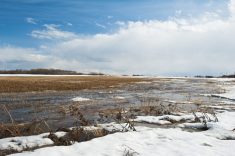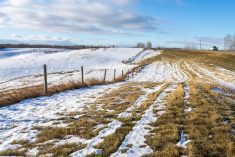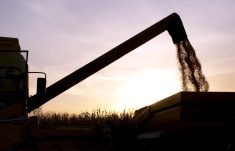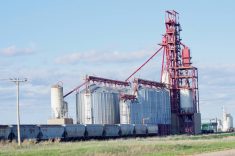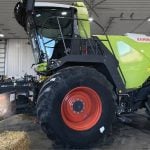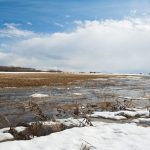Good crop weather is expected now through autumn in the U.S. Midwest, drought will persist in the Plains states and excessive rainfall will continue in the southeast, according to the National Oceanic and Atmospheric (NOAA) climate update released on Thursday.
NOAA climatologists indicated no extreme temperatures or a return of drought in the key corn or soybean growing states, including top producers Iowa or Illinois, that would cause significant harm to crop output.
Seasonal forecaster Dan Collins said there was neither El Nino or La Nina weather conditions expected into the autumn months and the “climate neutral” scenario would lead to above normal temperatures in the west and normal elsewhere.
Read Also

Prairie forecast: Quiet pattern continues as winter struggles for a foothold
For the upcoming forecast period, a large area of low pressure remains anchored off the British Columbia coast, a strong low spins over the Atlantic coast and another, weaker low lingers near Hudson Bay. Between these systems, the flow across the Prairies is largely zonal, meaning it moves west to east with little north–south movement. That pattern will help usher a few weak disturbances across the region during the next several days.
Also, normal precipitation is expected in the Midwest and above normal precipitation in the southeast.
Jake Crouch, a NOAA climatologist, said the United States is now completely drought free east of the Mississippi River for the first time since the spring of 2005.
Record rainfall was noted January through June in Iowa, Illinois, Michigan and Wisconsin while above to much-above average rainfall was received elsewhere in the Midwest and southeast.
Drought will persist and in some areas, expand in the far western Midwest and will persist in the U.S. Great Plains extending to the West Coast, the NOAA climatologists said.
Record dryness plagued California the first six months of the year with the state receiving only 31 percent of its average precipitation from January through the end of June, they said.
The southeast is completely drought free for the first time in over three years, said regional climatologist Chris Fuhrmann.
Excessive rainfall has plagued the southeast United States through the early days of summer.
“Agriculture has been impacted, some fields have been flooded and some crops have been washed away,” Fuhrmann said.
The wet weather has delayed wheat harvest in some areas and “the economic impact is now being measured,” he said. (Reporting by Sam Nelson; editing by Andrew Hay)
Word Count: 325


